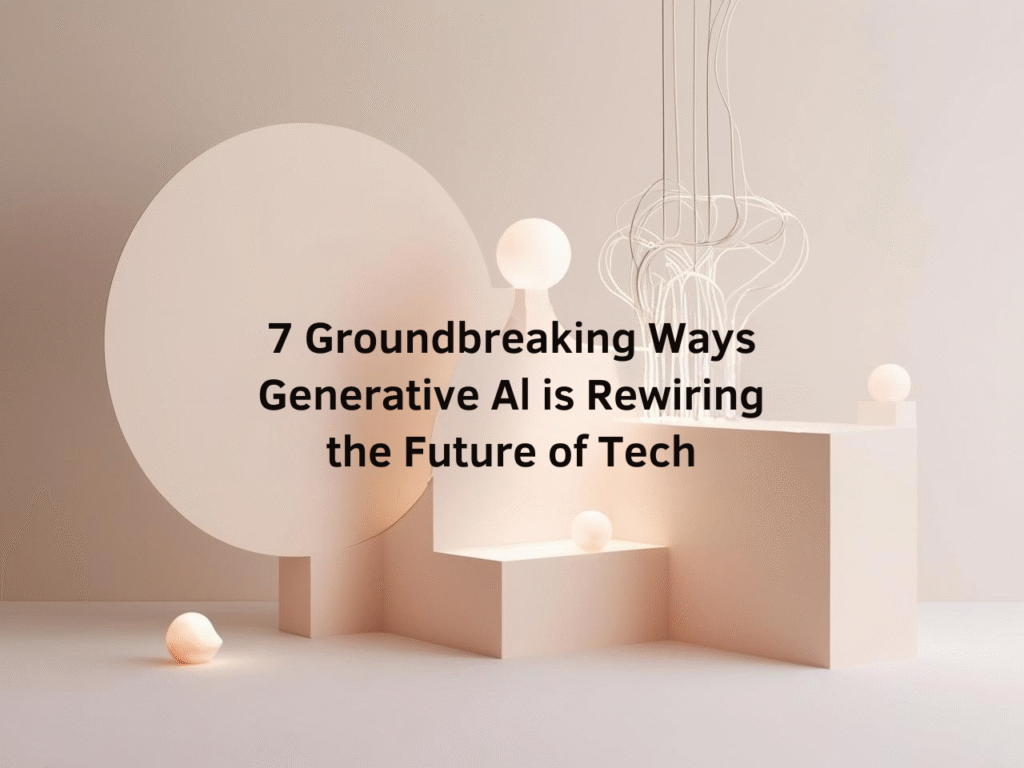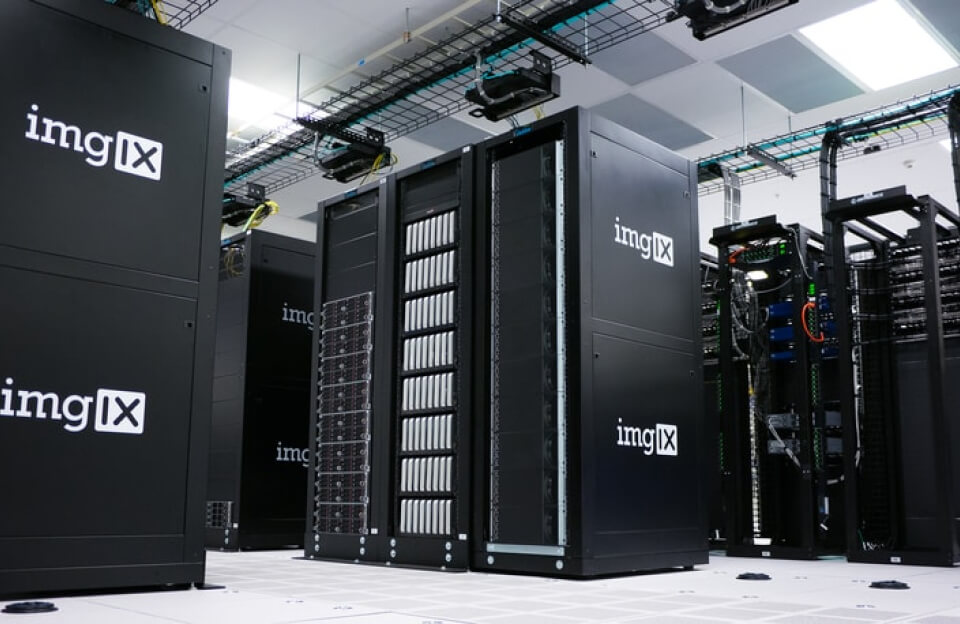Generative AI is evolving fast—and it’s no longer just about smart replies and chatbot conversations. From transforming how we build software to disrupting the way we learn, collaborate, and even design physical products, the future of tech is being coded by algorithms that can create. This post dives into seven unique and transformative ways generative AI is quietly revolutionizing industries—and how you can explore them today.
1. Code Synthesis for Legacy Systems
Legacy systems are the backbone of many financial institutions and government bodies. Generative AI can now translate COBOL code into modern Python or Java, accelerating digital transformation and reducing manual rewriting.
- Tool Example: IBM Code Assistant – An enterprise-grade AI tool by IBM that helps modernize legacy codebases securely, enabling developers to update decades-old systems without starting from scratch.
2. AI for UX and Emotion-Based Design
Generative AI can interpret user emotions through sentiment analysis and biometric data, then adjust or suggest design elements accordingly—like colors, layouts, or user flows—to create a more empathetic interface.
- Tool Example: UXtweak – A user research platform that integrates AI for behavior tracking and emotional insights, helping teams craft interfaces grounded in human feedback.
- Future Trend: AI tools are emerging that can redesign a website on the fly using facial expression data gathered via webcam.
3. AI-Simulated Hardware Prototyping
Generative AI now powers digital twins—virtual models that simulate how hardware performs under various conditions, allowing engineers to test and refine products before manufacturing.
- Tool Example: NVIDIA Omniverse – A powerful simulation platform for modeling physics, testing AI behaviors, and iterating hardware designs in a collaborative 3D environment.
4. Generative Cybersecurity Testing
Generative AI can simulate novel attack strategies by mimicking hacker behavior to uncover hidden vulnerabilities, moving beyond traditional penetration tests.
- Tool Example: Cylance AI – Uses machine learning and AI to proactively detect and neutralize threats before they escalate, offering advanced protection without manual input.
5. AI-Powered Auto-Music Composers for Branding
Need a catchy jingle or theme song? Generative AI can now compose royalty-free, tailored soundtracks aligned with your brand’s tone, mood, and audience.
- Tool Example: Soundraw – An AI-powered music generator that lets creators customize genre, mood, and tempo to produce studio-quality audio instantly.
6. Synthetic Data for Fairer AI
Real-world data often carries bias and privacy concerns. Generative AI can produce synthetic data—realistic but fake datasets—for training models ethically and safely.
- Tool Example: Mostly AI – A synthetic data platform that delivers privacy-compliant data sets that preserve statistical fidelity and diversity.
7. Generative Legal Assistants for Contract Customization
Generative AI can draft, revise, and tailor legal contracts to meet specific industry standards and legal frameworks, significantly reducing reliance on traditional legal support.
- Tool Example: Spellbook – An AI assistant that works directly in Microsoft Word to generate and review legal documents with speed and accuracy.
Final Thoughts
Generative AI isn’t just creating content anymore—it’s reshaping industries, enhancing decision-making, and accelerating innovation. Whether you’re in software, design, law, or product development, these tools offer a glimpse into the future. Start exploring now, and you might be part of the next breakthrough.
What’s the most surprising use of generative AI you’ve encountered recently? Share it in the comments or tag us with your insights.



